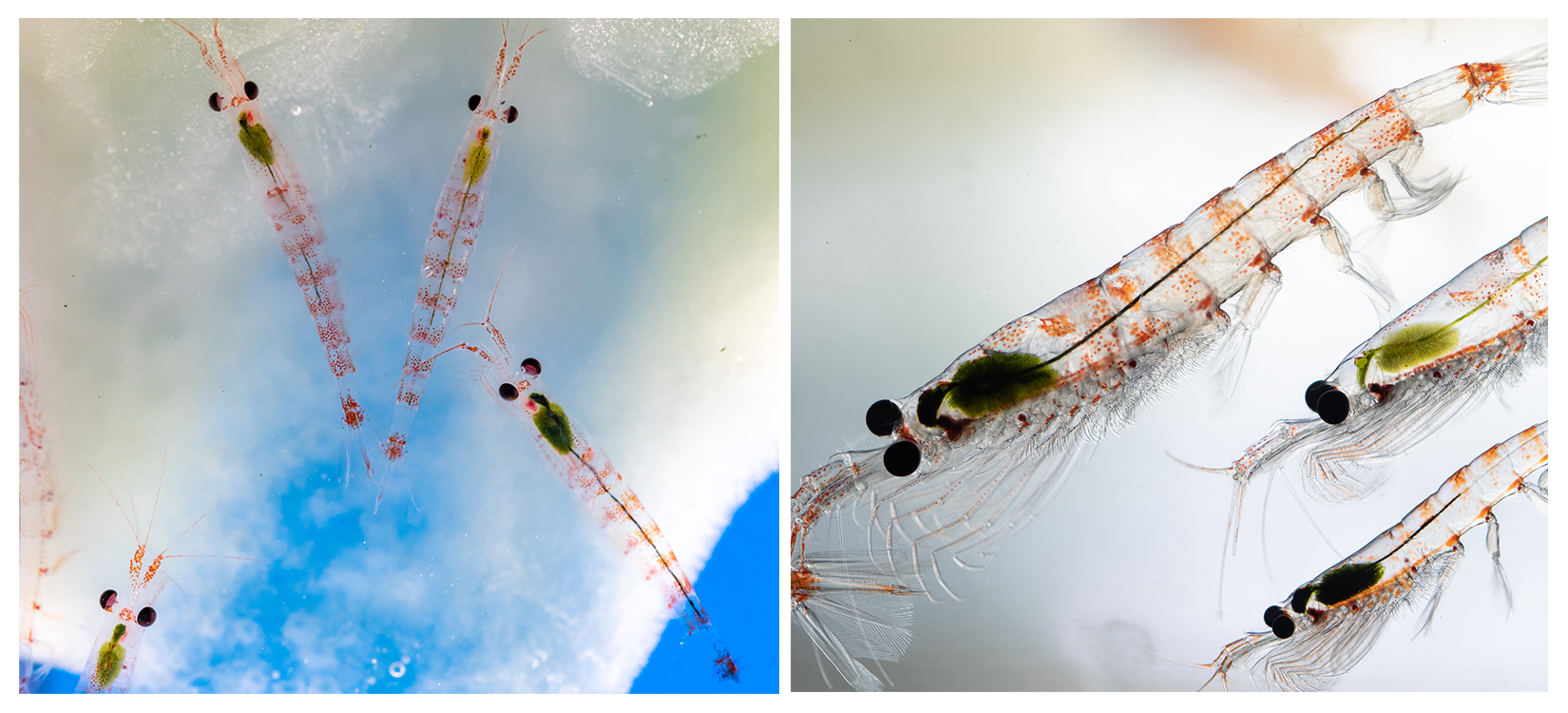Krill’s time to shine in new research facility

Antarctica is home to a plethora of impressive species. Animals such as penguins, seals, whales and dolphins attract the spotlight, but now it’s the underdog’s turn for some much-needed attention.
Antarctic krill (Euphausia superba) are recognised by the Australian Government as a priority species, with a new world-class aquarium and research facility announced today for the tiny crustaceans.
The facility, to be built in the greater Hobart suburb of Taroona, will help researchers better understand the impacts of climate change on the crucial species.
Working together, scientists from the Australian Antarctic Division (AAD) and experts from the University of Tasmania will also conduct research on all aspects of krill biology.
Based on weight, Antarctic krill are the most abundant wild animal species on earth and are the main diet of marine animals such as whales, seals and penguins.
“We need to know what impact warming oceans and ocean acidification will have on krill populations in the future,” says Minister for the Environment and Water, Tanya Plibersek.
“To protect the Antarctic environment is to protect the future of the world.”
With construction of the facility to begin next year, it’s expected to cost more than $25 million.
“This is a significant investment for our Antarctic environment,” says Federal Member for Franklin, Julie Collins. “[The work of these scientists] to improve our knowledge about the impacts of climate on krill reproduction will be priceless.”

Why are krill so important?
These tiny species play a big role in the marine ecosystem.
One of five species of krill that live in the Southern Ocean, Antarctic krill (Euphausia superba) are the most dominant. They are the foundation of the food chain. Without them, other marine life could not survive.
The AAD refers to them as the ‘cornerstone’ of the Antarctic ecosystem.


